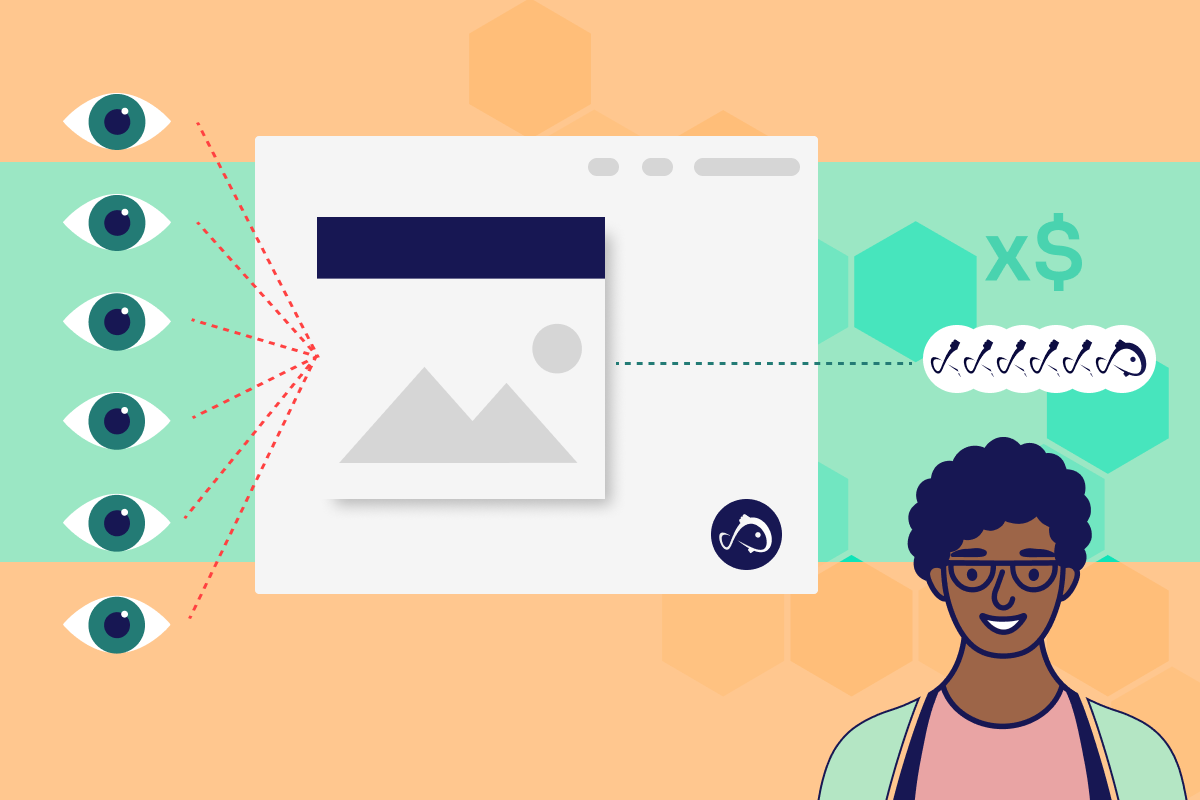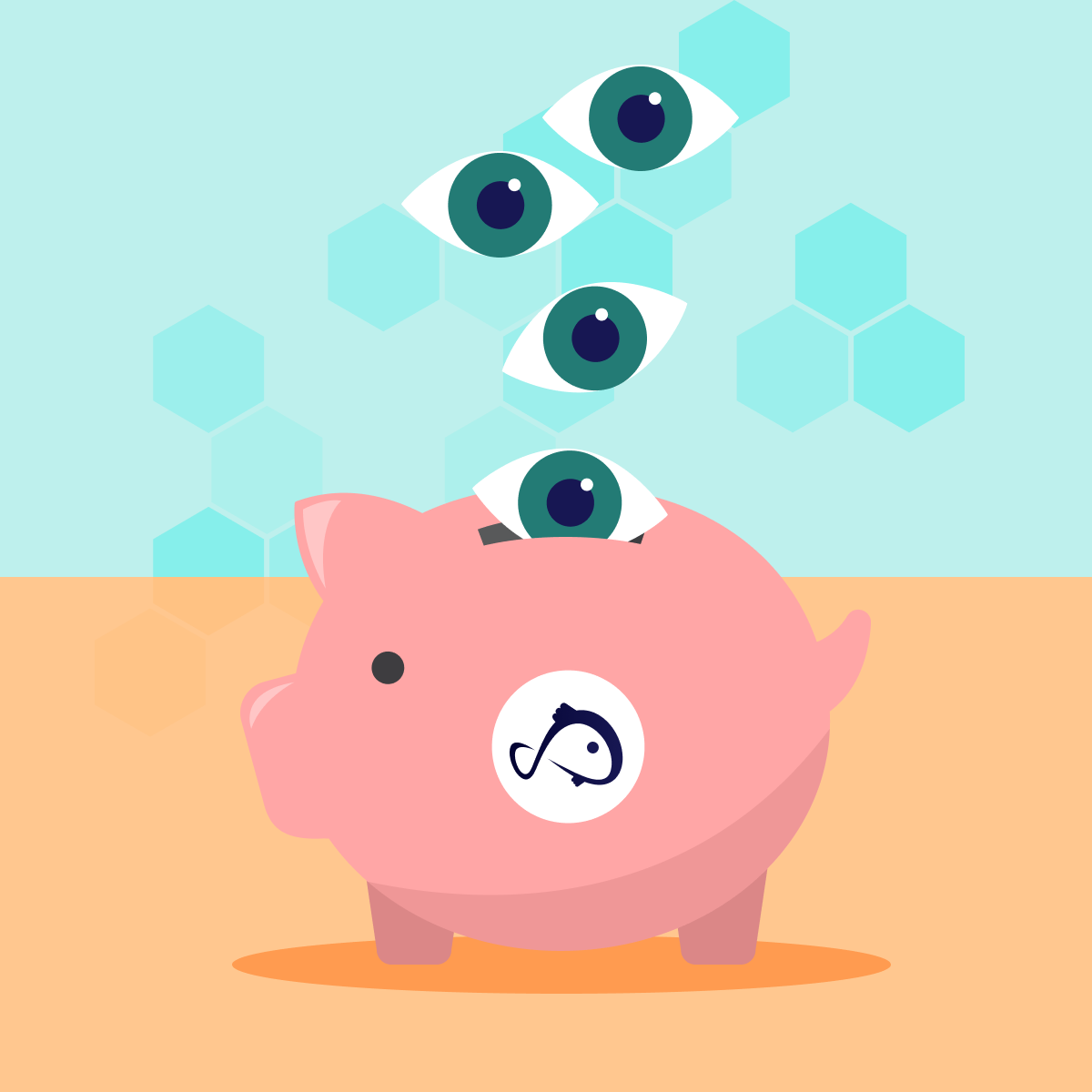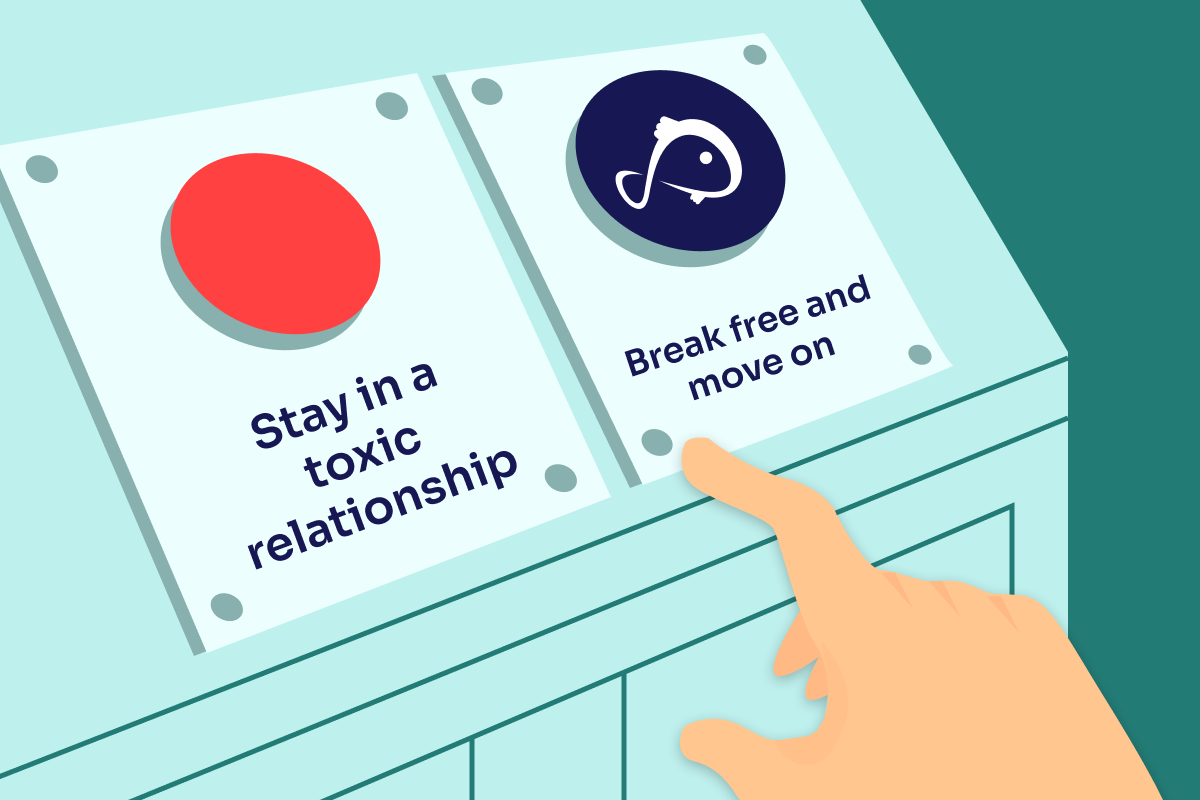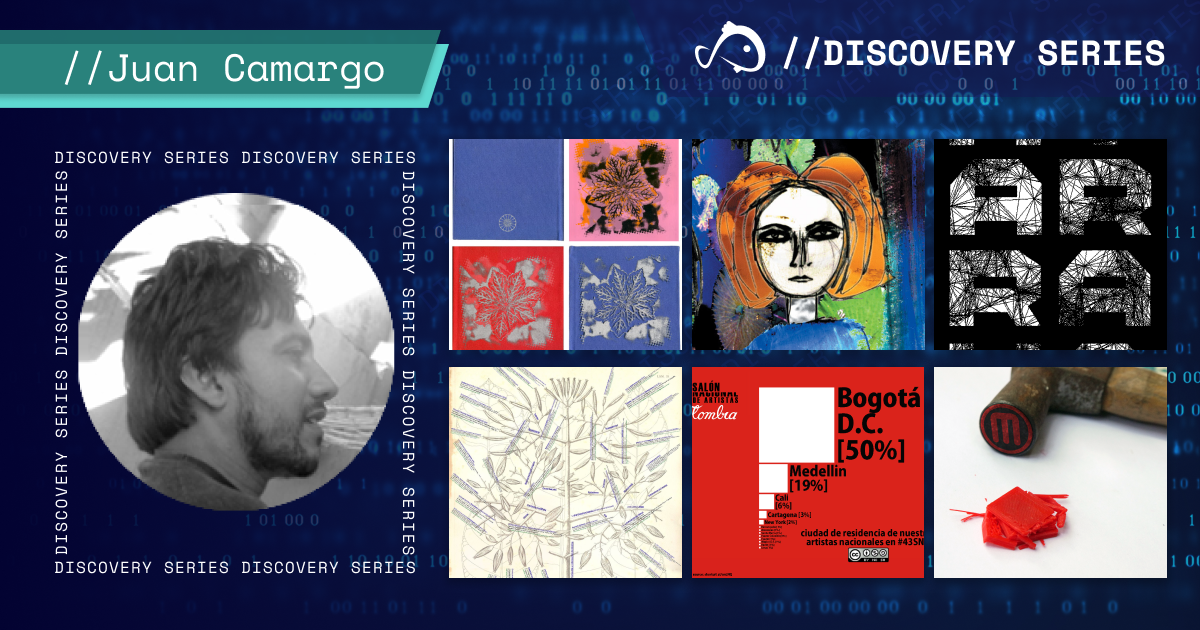Restarting the Economic Engine of the Internet with Attention Rewards
Attention is a limited resource. The pandemic has taught us that. We can only spend so much time consuming content before it feels like our eyes are melting in their sockets. What we can give is limited, and we can’t get it back. It is also precious. The tech giants want it and have found a way to drain it out of us, bottle it up and sell it to the highest bidder. In a way, we are complicit as it’s our attention to give, but, in our defense, there is only one YouTube, Twitter, and Instagram. Like electricity, our attention finds the path of least resistance to the content we desire. While this is the situation we find ourselves in, it’s important to remember that we didn’t end up here by accident.
Large tech companies realized that by building these content dispersing platforms, they could position themselves between content creators and users as a kind of media and content go-between. They made their products addictive and easy to use, providing the end-user with as little control as possible, ensuring that they maintained control over the content and how it was monetized. At first, the content flowed free and easy, almost seeming to good to be true. Until, like Hansel and Gretel we realized that the one feeding us had other motives…and in fact, that sweet “free” content we had become accustomed to wasn’t really free at all. The veil was lifted and we could see that we were not the customers of these tech giants but their products. Despite coming to this realization, things haven’t really changed, leaving us to wonder if we are stuck in this downward spiraling deathscroll?
What we can and what we can’t change
Under the current model, the attention economy is fuelled by advertising. In a recent podcast interview, Koii Founder Alex Morris made the following comment “We can’t fix the ad economy as a part of a global economy, but we can make it a more transparent and open system so that more people can participate ‘’. Love it or hate it, advertising for goods and services are a part of the world we live in. What we can change about it is how the engine powering this ad economy runs. Koii has positioned itself to bring about an important shift in the attention economy by implementing attention rewards. Success means a better and more transparent internet space for creators, users, and even advertisers.
What are Attention Rewards?
Attention rewards are generated using a system Koii has developed called Proofs of Real Traffic. Currently, you can see our proof of concept up and running at koi.rocks. The Proofs of Real Traffic system is designed to register the attention a digital asset receives regardless of where it is located on the internet. For example, you would be able to take your Koii registered NFT and move it over to Opensea. The attention you receive from people liking and checking out your NFT would then generate Koii tokens that will be sent to your wallet address. That means that whether or not you make a sale on Opensea you are rewarded for the attention your NFT receives. Every 24 hours, newly minted Koii tokens are generated based on the attention registered content receives. Tokens are distributed to the content creators and network nodes working to filter out spam and potentially falsified traffic logs. Applications running on the network also work to earn tokens from content creators, creating a positive feedback loop that rewards and incentivizes content creation.

What this means for content creators
From token generation to the design of koi.rocks and the Finnie wallet, Koii has been designed with creators in mind. The hope is that this will create a platform that creators want to support and feel supported by. By rewarding content creators first, the intent is that they will eventually become the stewards of the network, guiding and directing the path it takes going forward.
As we discussed, attention is a valuable resource. It’s not “free”, and it is not unlimited. In the current web 2.0 ecosystem, content creators are at the mercy of the platforms they upload to, often with little control over how the platform runs or how content is being rewarded. This means that overnight, a creator’s income can be slashed and their content demonetized with little or no explanation of why.
What this means for users
Users come for the content. They want quality, trustworthy content. By rewarding compelling content and not the creator’s ability to advertise a product, it incentivizes content with real intrinsic value. In addition to promoting quality content, the attention rewards model creates a system that users want to support, knowing that they are compensating content creators fairly. Using attention rewards also reminds users that their attention is valuable, reinforcing a transparent and open system with all participants being fairly rewarded.
What this means for the future of the internet
As the internet has evolved and expanded so has the content on it, for good and for bad. One of the challenges we face is being able to verify the reputation a piece of content has. Attention rewards can shift the purpose of attention from being a method to sell something to a method that validates and incentivizes higher quality content. By tracking attention Koii is also able to access the historical value of particular media or information over time.
For example, the Mona Lisa is arguably the most valuable painting in existence (conservative estimates put it at around $800 million dollars). But, how valuable would it be if no one could see a replica or an image of the painting? Likely we would have little appreciation for the masterpiece. But let’s turn that concept around. Imagine we had a record of every time someone looked at DaVinci’s paintings regardless if they were the original or a copy? If we had those statistics, we might realize that the Mona Lisa’s value is even greater than imagined. On the other hand, we might find out that the Mona Lisa was not DaVinci’s most viewed work. How would that affect the value of the Mona Lisa? How would that affect the value of the work that had received more attention? The point is that attention helps us to access value. This is true whether the work is visual, written, or audible. When the attention a piece of content receives is verified and qualified based on the reputation of the viewer, we can get a better understanding of the value of the content, helping us filter out the noise and even “fake” or nefarious content. By utilizing the Koii network and attention rewards, developers now have the technology they need to design applications that can do precisely that.
How can you participate?
The attention economy is the economic engine that drives the internet. In the end, its the creators and users that have the power to decide how it runs. When we take an honest look at how that engine is running, what consensus do we reach? Are creators rewarded fairly? Are users being taken advantage of? If the engine sounds sick, maybe it’s time we fix it. If you want to give us a hand restarting the attention economy, all you have to do is head over to koi.rocks and install the Finnie wallet browser extension. Your attention will do the rest.
Continue the conversation and join Koii’s official community Telegram channel, Koii’s Discord, and follow us on Twitter. 100K KOII, Enter to win!

 A Koii Fish Helped Me to Dump the Internet
A Koii Fish Helped Me to Dump the Internet